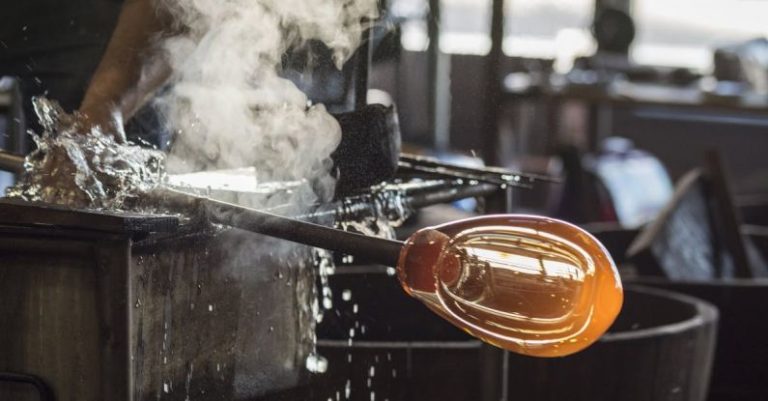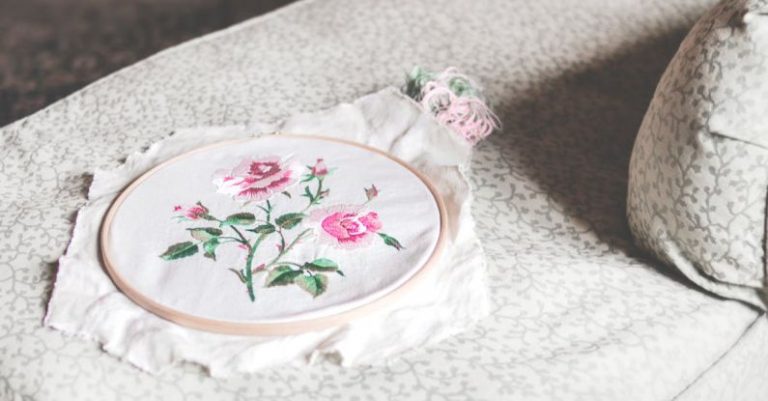What Are Crucial Silversmithing Techniques for Beginners?

Silversmithing is a captivating and rewarding craft that allows individuals to create stunning pieces of jewelry and decorative items from silver. For beginners looking to delve into the world of silversmithing, mastering some crucial techniques is essential to honing their skills and creating beautiful pieces. In this article, we will explore the fundamental silversmithing techniques that beginners should focus on to kickstart their journey in this engaging art form.
### Tools of the Trade
Before diving into silversmithing techniques, it is crucial for beginners to familiarize themselves with the essential tools required for this craft. Some basic tools that every beginner silversmith should have in their arsenal include a jeweler’s saw, bench pin, metal files, pliers, soldering torch, and a polishing cloth. These tools will be indispensable in various stages of the silversmithing process, from cutting and shaping the metal to soldering and finishing the final piece.
### Sawing
One of the fundamental techniques in silversmithing is sawing. Using a jeweler’s saw with fine blades, beginners can cut silver sheets and wires to their desired shapes and sizes. It is essential to practice sawing straight lines and curved shapes to develop precision and control. Proper sawing techniques will ensure clean and accurate cuts, laying the foundation for successful silversmithing projects.
### Filing and Sanding
After sawing the silver pieces, filing and sanding are essential steps to refine the edges and surfaces of the metal. Metal files come in various shapes and sizes, allowing beginners to achieve smooth and polished finishes on their pieces. Sanding with fine grit sandpaper further enhances the surface quality of the silver, preparing it for soldering and finishing techniques.
### Soldering
Soldering is a key technique in silversmithing that involves joining metal pieces together using a soldering torch and solder. Beginners need to master the art of heating the metal evenly to create strong and seamless bonds between the silver components. Practice is essential to achieve proper solder flow and avoid overheating the metal, which can lead to discoloration or damage.
### Texturing
Adding texture to silver pieces can elevate their aesthetic appeal and create unique designs. Beginners can experiment with various texturing techniques such as hammering, stamping, or reticulation to impart depth and character to their creations. Texturing allows silversmiths to unleash their creativity and personalize their pieces with intricate patterns and designs.
### Forming and Shaping
Forming and shaping silver require patience and precision to manipulate the metal into desired forms. Beginners can use tools like mandrels, hammers, and dapping blocks to bend, fold, and contour the silver into different shapes and structures. Developing an understanding of metal properties and techniques for forming will enable beginners to create three-dimensional pieces with intricate details.
### Polishing and Finishing
Polishing and finishing are the final touches that enhance the beauty and luster of silver jewelry and objects. Beginners can use polishing compounds, buffing wheels, and polishing cloths to achieve a mirror-like shine on their pieces. Finishing techniques such as patination or antiquing can add depth and contrast to the silver, allowing for creative expression and customization.
### Embrace the Journey
Embarking on a silversmithing journey as a beginner can be both challenging and rewarding. By mastering crucial techniques such as sawing, filing, soldering, texturing, forming, and finishing, aspiring silversmiths can elevate their craft and create exquisite pieces of silver art. Practice, patience, and a willingness to experiment are key to honing silversmithing skills and unlocking the creative potential within. Embrace the process, learn from mistakes, and let your passion for silversmithing guide you towards mastery in this timeless craft.
### Crafting Silver Dreams
As beginners immerse themselves in the world of silversmithing, each technique mastered brings them closer to realizing their silver dreams. From the meticulous sawing and filing to the intricate soldering and texturing, every step in the silversmithing process contributes to the creation of unique and personalized pieces. With dedication and perseverance, beginners can harness the power of these crucial techniques to craft silver treasures that reflect their creativity and craftsmanship. Let the beauty of silver inspire your imagination and fuel your passion for this enduring art form.





